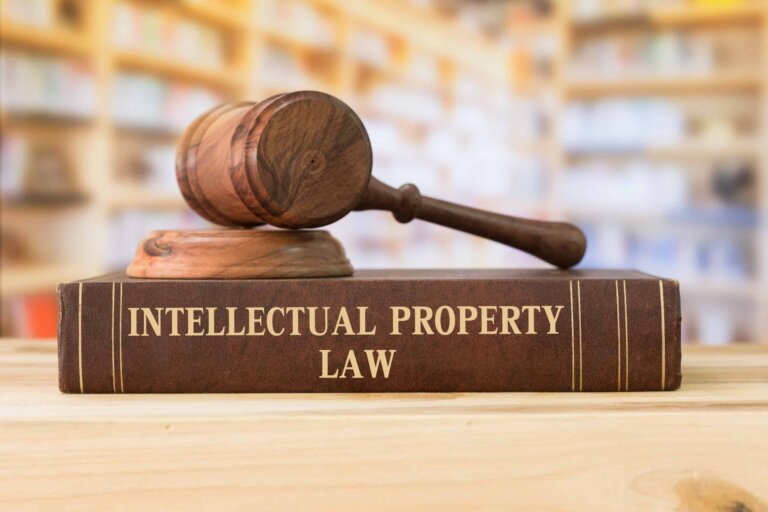A suggestive trademark can be highly advantageous and should be the first choice for most businesses. They offer companies two major benefits: a high level of legal protection and inherent marketing value. At times, suggestive trademark examples can be tricky to recognize. This confusion typically arises due to the similarities between descriptive vs. suggestive trademarks. This article will demystify the suggestive trademark once and for all—through concrete examples and comparisons.
Defining Suggestive Trademarks
A suggestive trademark describes a product or service characteristic without directly stating what it is. Although the company’s offerings may be inferred, some level of assumption is required to make the connection. For this reason, suggestive trademarks appeal to businesses that need to make a name for themselves in a competitive market. It’s important to note that changing the spelling of a word does not make it fit the suggestive trademark requirements.
A Sampling of Suggestive Trademarks
There’s no shortage of suggestive trademark examples. Although you may not be able to list them off the top of your head, you are likely to encounter them on a daily basis. Here are a few of the most famous examples in today’s market:
| Chipotle | In-N-Out | Jaguar |
|---|---|---|
| Chipotle is a successful restaurant chain that serves Americanized Mexican food. Chipotle peppers or seasoning are commonly associated with this type of cuisine. | In-N-Out is a fast-food joint serving select regions of the United States. The phrase “in and out” is often used colloquially to refer to an errand or action that only takes a moment. | Jaguar manufactures make sleek, fast cars, comparable to the speed and elegance of a jaguar. |
Selecting a Suggestive Trademark
Some of the examples above require a bit of background knowledge. Often suggestive trademarks will contain an element, feature, or ingredient of the product or service. Depending on your target market, you may use topical relevance to your advantage. For instance, a person who isn’t technologically savvy may not realize the connection between Microsoft and computers. Conversely, a person who is familiar with technical concepts may hear the name Microsoft for the first time and think of software for a microcomputer. When selecting your trademark, it can be helpful to keep that in mind.
Descriptive vs. Suggestive Trademarks
People commonly confuse descriptive vs. suggestive trademarks due to their similarities. Each one is classified by its ability to explain the product or service behind the trademark. However, they have some stark differences. The most important distinction between descriptive and suggestive trademarks is the element of imagination.
Suggestive Trademark Criteria
A suggestive trademark is true to its name; it suggests the company’s products or services. Generally, the language used in the suggestive trademark should not also be used to describe the products or services that the business offers. For a trademark to be considered suggestive, it must not communicate the company’s offerings without the help of inference or perception.
Descriptive Trademark Criteria
In contrast, descriptive trademarks directly describe the company’s products or services. In short, they hit the prospective customer over the head. Descriptive trademarks offer far less protection than their suggestive counterpart. They do not fall under the scope of protection until the mark has acquired secondary meaning. Many merely descriptive marks are incapable of acquiring this inherent distinctiveness even over the course of five or more year.
Choosing a Suggestive Trademark
Suggestive trademarks are popular among business owners because they allude to the product and service and can be legally protected. It may also be easier to solidify your brand’s reputation because suggestive trademarks quickly allow people to make their own associations. Suggestive trademarks guide the consumer towards making inferences about the company.
Suggestive trademarks can be difficult to navigate on your own due to their complex nature. It is always best to consult with intellectual property experts to ensure the success of your trademark application.
Bold Patents specializes in intellectual property law, and we want to make sure we’re a great fit for anyone we work with. We offer a complimentary Discovery Call to minimize your chances of trademark application denial. Contact us to schedule one today.

